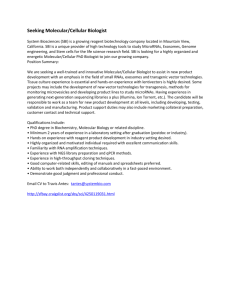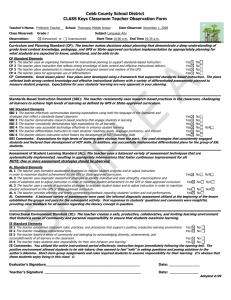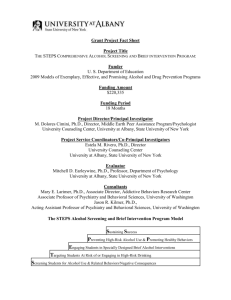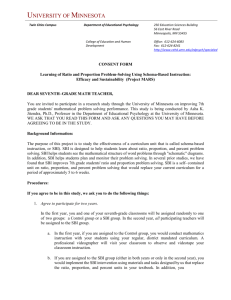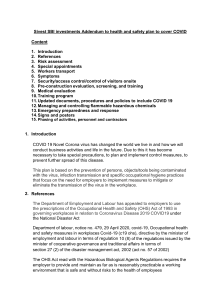Screening and brief intervention for hazardous alcohol use
advertisement
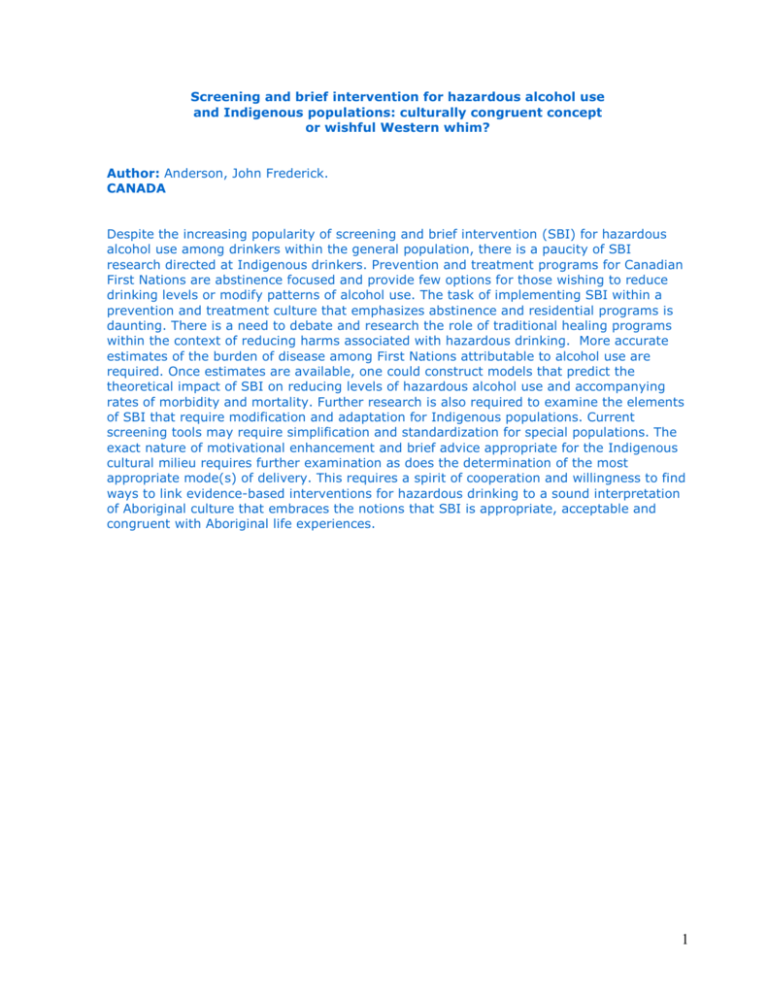
Screening and brief intervention for hazardous alcohol use and Indigenous populations: culturally congruent concept or wishful Western whim? Author: Anderson, John Frederick. CANADA Despite the increasing popularity of screening and brief intervention (SBI) for hazardous alcohol use among drinkers within the general population, there is a paucity of SBI research directed at Indigenous drinkers. Prevention and treatment programs for Canadian First Nations are abstinence focused and provide few options for those wishing to reduce drinking levels or modify patterns of alcohol use. The task of implementing SBI within a prevention and treatment culture that emphasizes abstinence and residential programs is daunting. There is a need to debate and research the role of traditional healing programs within the context of reducing harms associated with hazardous drinking. More accurate estimates of the burden of disease among First Nations attributable to alcohol use are required. Once estimates are available, one could construct models that predict the theoretical impact of SBI on reducing levels of hazardous alcohol use and accompanying rates of morbidity and mortality. Further research is also required to examine the elements of SBI that require modification and adaptation for Indigenous populations. Current screening tools may require simplification and standardization for special populations. The exact nature of motivational enhancement and brief advice appropriate for the Indigenous cultural milieu requires further examination as does the determination of the most appropriate mode(s) of delivery. This requires a spirit of cooperation and willingness to find ways to link evidence-based interventions for hazardous drinking to a sound interpretation of Aboriginal culture that embraces the notions that SBI is appropriate, acceptable and congruent with Aboriginal life experiences. 1




